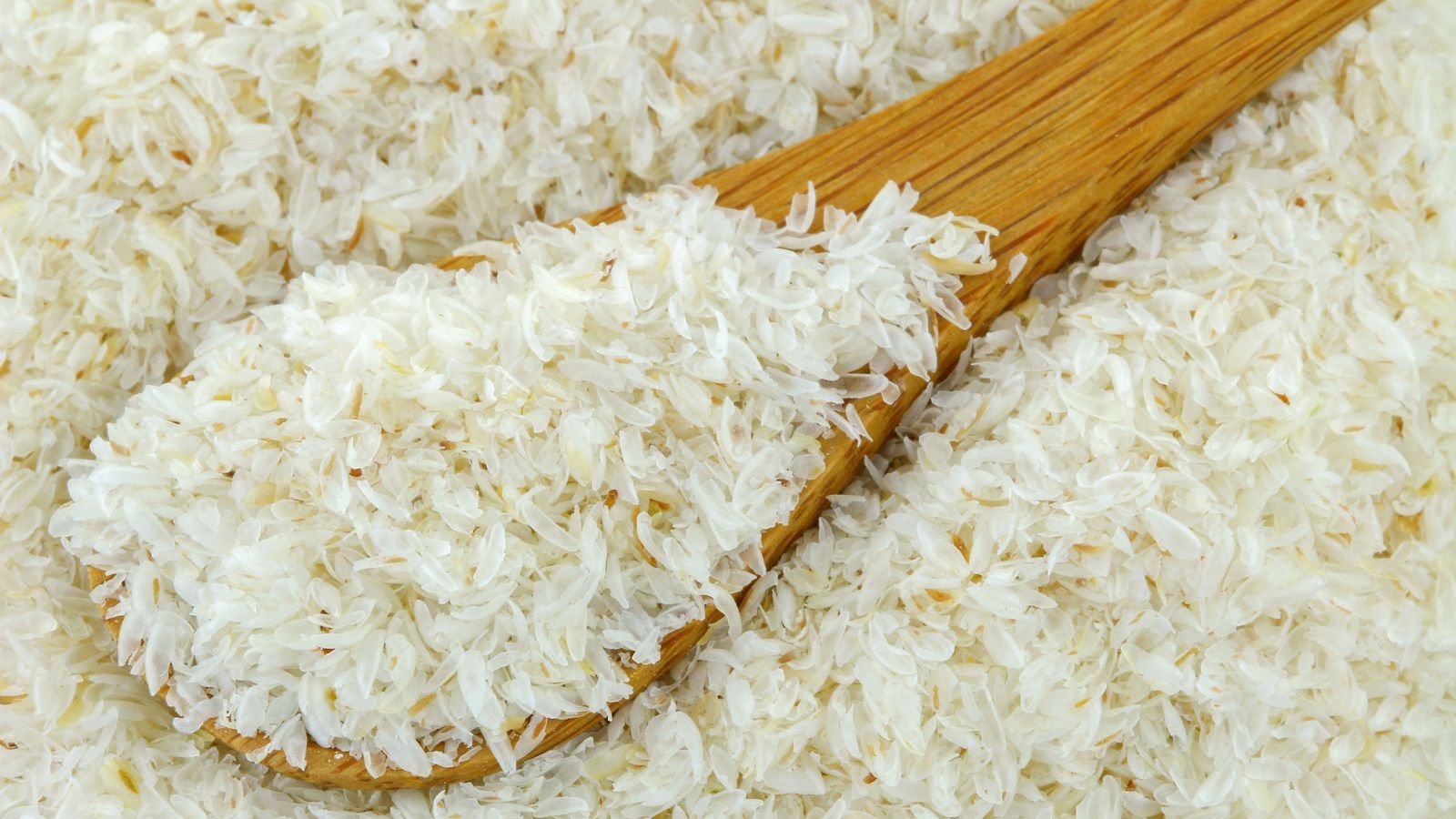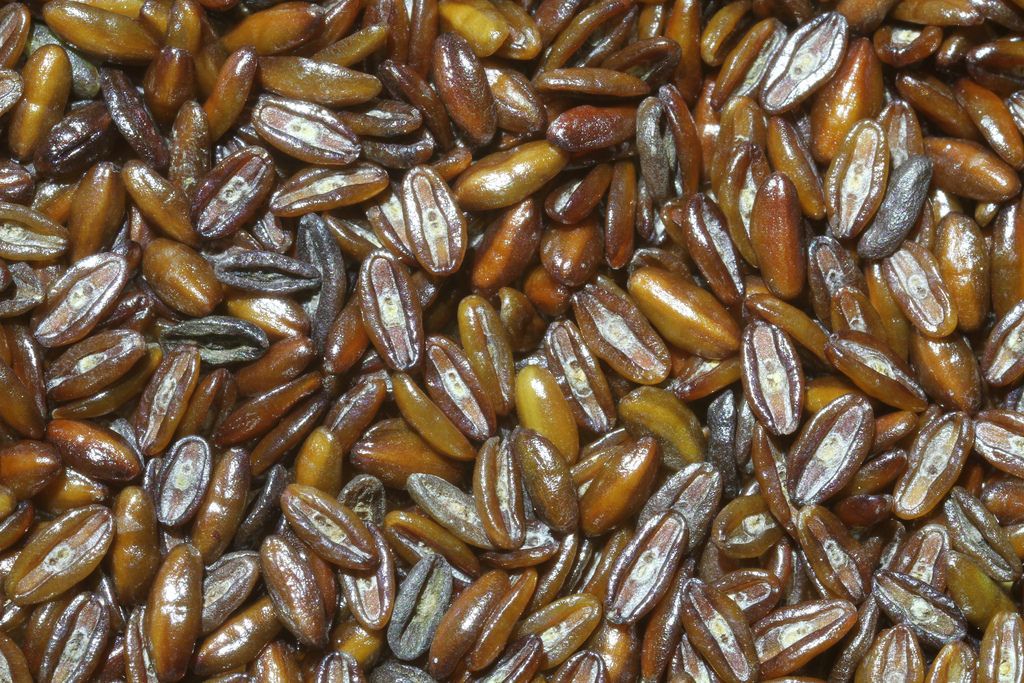Plantago Ovata

Overview & Introduction
Plantago ovata (psyllium or dessert Indian wheat) is a small annual herb. It is cultivated worldwide due to its medicinal importance. It grows well in cool and dry weather with irregular rainfall. It is a short-lived plant and stays alive for 130 days.
The seed and husk of the plant are edible. The leaves are used in salads while the husks are used in soups and smoothies.
Plantago ovata plant is a herbal medicinal plant used as a laxative agent, astringent, anti-inflammatory agent, etc. it is also used to treat urinary infections, skin infections, digestive problems, yeast infections, hypertension, etc. It is also used for weight loss management. Its capacity of absorbing water makes it an effective stool softener and ease in constipation.
Quick Review
| Botanical Name | Plantago ovata Forssk. |
| Common Name | Blond Psyllium, Desert Indian wheat |
| Major Group | Dicot |
| Family | Plantaginaceae |
| Genus | Plantago |
| Species | Plantago ovata |
| Symbol | PLOV |
| Common Name | Blond Psyllium, Desert Indian wheat |
| Legal Status | The plant is non-invasive in nature. |
| Known Hazards | Known none |
Synonyms & Vernacular Names
| Common Name | Dietary fiber, Indian Plantago, Blond Plantago, Isabgol, Psyllium, Psyllium husk, Sand Plantain, Psilio, etc |
| Botanical Name | Plantago ovata |
| Botanical Synonym | Plantago decumbens, Plantago ispaghula |
| English Name | Ispaghula, Psyllium, Blond Psyllium, Spogel Seeds, Ripple Grass |
| Hindi Name | Isabgol, Isabgul, Issufgul, Ispaghul, Isubgol |
| Sanskrit Name | Ashwagol, Ishadgola, Ashwakarna (shape of a horse’s ear), Ashwakarnabeeja (seeds are like a horse’s ear), Sheetabeeja (cool seed), Ishrawarabola, Snigdhajeeraka, Ashwagol kul |
| Arabic Name | Bazre-quatuna, Bazre-katina, Ispaghul |
| Chinese Name | ōu chē qián, Ch’-Ch’ientzu |
| German name | Indische Psylli-samen |
| Japanese name | Obeko |
| Tamil name | Iskolvirai, Iskol, Isphagol, Ishappukolvirai, Ishappukol |
| Telugu name | Isphagula, Isapgaluvittulu, Isapagala |
| Bengali name | Esphopgol, Isabgul, Isshopgul, Ispaghul |
Plant Taxonomy
| Kingdom | PLANTAE |
| Subkingdom | VIRIDIPLANTAE |
| Infrakingdom | STREPTOPHYTA (Land Plants) |
| Super Division | EMBRYOPHYTA |
| Division | TRACHEOPHYTA (TRACHEOPHYTES or Vascular Plants) |
| Sub Division | SPERMATOPHYTINA |
| Class | MAGNOLIOPSIDA |
| Super Order | ASTERANAE |
| Order | LAMIALES |
| Family | PLANTAGINACEAE – Plantains |
| Genus | Plantago L. – Indian wheat, plantain |
| Species | Plantago ovata Forrsk. – dessert Indian wheat |
Plant Description
The plant is small bushy herb not more than 8 cm in length. It has rosette leaves, oval or boat-shaped seeds found inside the fruit. It grows well on well-drained sandy soil.
| Type of Plant | Annual |
| Native Range (Geographic Distribution) | It is native to Central Asia particularly in India and Iran. |
| Height (grows up to) | 12-18 inches |
| Habitat (a type of environment) | It grows on sandy soil and prefers dry weather. |
| Roots | Roots are short, well-developed tap roots with fibrous secondary roots. |
| Stem | The stem is erect but soft. It is non-woody. |
| Leaves | Leaves are opposite, lance-shaped, hairy and 3 – 9 inches long. The leaves bear three veins. |
| Flowers | Flowers are hermaphrodite and pollinated by wind. Flowers are white in color and in form of the inflorescence. The flowers are borne on a stalk. |
| Fruits | The fruits are 7-8 mm long and oval.
|
| Seeds | The seeds are pink or brown in color. They are an ovular boat or ear-shaped and 2mm long. Seeds are present inside capsules. |
| Spread | The plant spreads on the ground. |
| Bloom Time | Flowering occurs after 60 days of the plantation. |
| Sun | The plant prefers full sunlight or partial sunlight. |
| Water | It requires moderate water for growth. |
| Maintenance | It is easy to maintain the plant. The plant should be protected from pests and microorganisms. |
| Suggested Use | Leaves and seeds have medicinal properties. |
| Flower | No use |
| Leaf | The leaves are used as medicine and added in food items. |
| Attracts | The flower attracts the insects and bees for pollination. |
| Invasive Potential | It is a non-invasive plant and not considered as a weed. |
| Growing Season | Spring season |

Distribution & Ecology
Plantago ovata is native to central Asia such as India and Iran. It is also grown in different parts of the world. It is a type of dietary fiber which is also used as a medicine.
The flowers attract birds and insects for pollination.
Ethnobotany
Plantago ovata husk (Psyllium husk) is considered an ethnomedicine. This plant holds an important position in Indian Ayurveda and used to treat various diseases. It has been used as a laxative agent since ages. This plant is available in traditional herbal shops in Cairo and used as contraception. It is widely used in China and India to treat problems related to urinary bladder and hypertension.
Various Ayurvedic medicines of Psyllium are available such as Laxoherb powder, Golax powder, Laxogold capsule, etc.
Propagation and Cultivation
Seed propagation is used for propagation of this plant. The seeds are sown in cold frame and potted in individual pots when big enough to be handled. In early summer the plants are rooted in the soil.
Edible Uses
The young leaves of this plant can be eaten raw or cooked. The seed coat is used to as ice cream stabilizer. The sprouted seeds are used to make a salad. The seeds are also added to curd or yogurt. Young leaves of this plant are eaten as a salad. The husk can also be added in soups and smoothies to increase fiber content.
Edible Parts
- Leaves
- Seeds
Medicinal Uses
Psyllium plant has many medicinal properties. In Western countries, the dried seeds and seed husk have been used as a laxative for many of years. The plant is also used to treat disorders of the digestive system such as constipation, dysentery and genitourinary tract problems. It also used to control blood sugar and cholesterol. The husk of Psyllium is used to treat irritable bowel syndrome.
Plantago ovata husk is also known to manage cholesterol levels, thereby regulating heart diseases. It is also used to treat obesity as it is full of fiber. Daily intake of Psyllium husk reduces weight. It gets easily absorbed in the body and keeps the body full for longer time. This reduces the urge of eating often and manages weight loss. It also lowers blood pressure and strengthens heart muscles.
The seeds of this plant are soaked in water overnight or for few hours and then consumed. This is used to treat constipation. The seed paste can be applied locally on swellings and irritation.
Research has proved that Plantago ovata husk can be used for treating colon cancer, haemorrhoids, etc. Its husk softens the stool and allows easy passage of waste through the system. The fresh leaves of this plant are used to treat skin irritations caused by poison ivy or insect bites.
The plant should not be consumed without any prescription of a doctor or physician. This plant is safe to be consumed by children, pregnant women and lactating mothers. It can also be consumed by people who have difficulty in swallowing the food.
Medicinal Parts
- Seed
- Leaves
Other Uses
- The seed coat is used as a starch.
- It is also used as hydrocolloidal agent and used in nurseries to improve the water retention capacities in new grasses.
